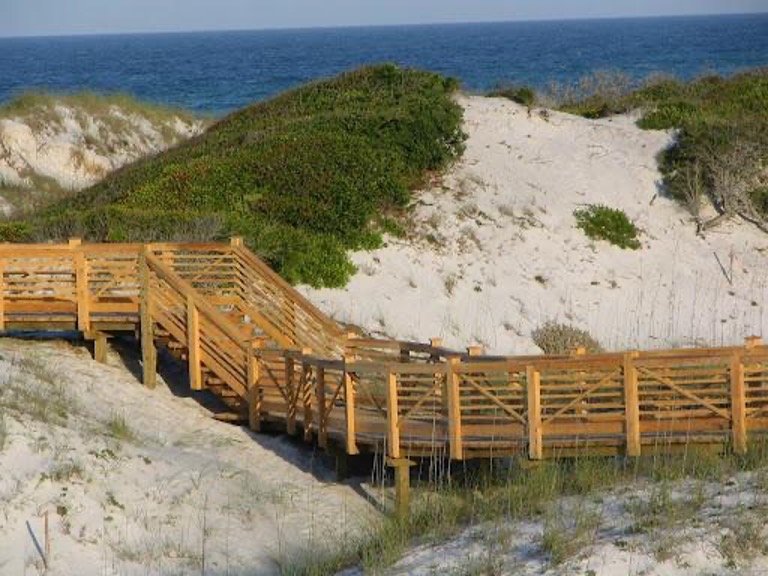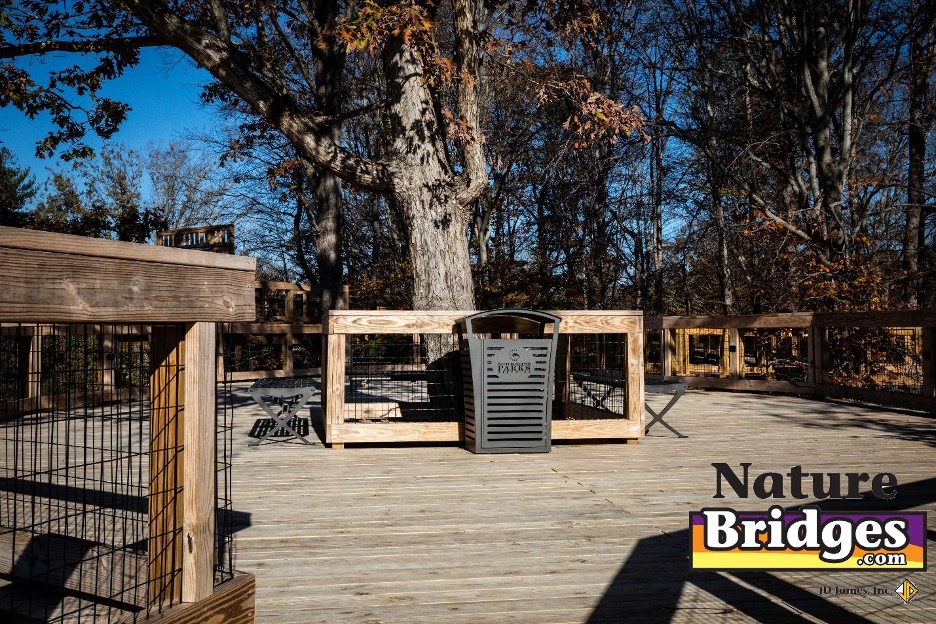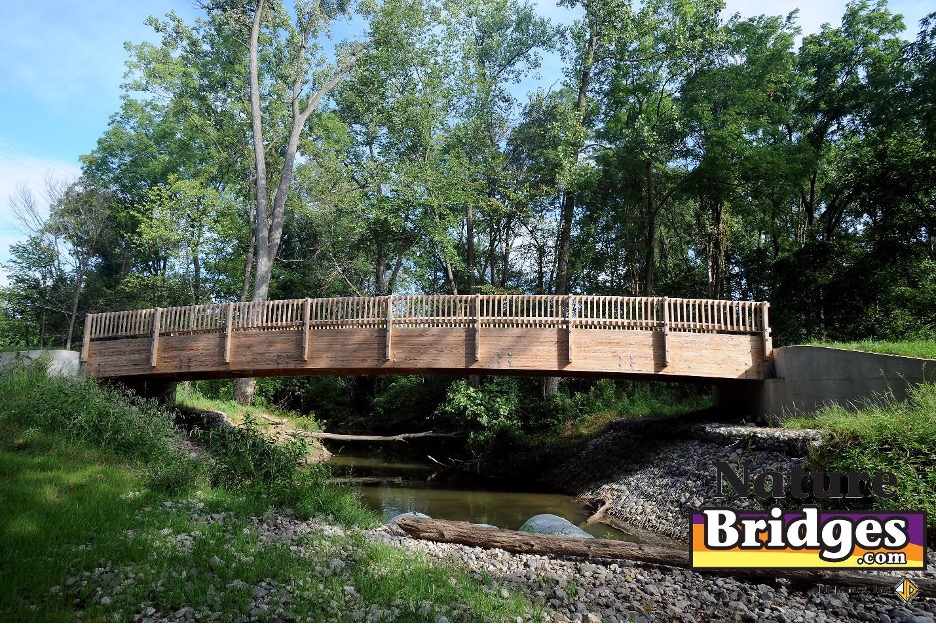
In today’s world, balancing ecological responsibility with structural dependability is important, and that makes selecting the right materials for bridges and other structures crucial. These bridges physically connect areas, but more importantly, they symbolize our connection with the environment. Sustainable materials in bridge construction are beneficial for the planet, plant and animal life, and people.
Sustainable Building Materials

Sustainable Timber: The Heart of Eco-Friendly Bridges
Timber construction has long been considered a sustainable practice. When wood is responsibly sourced by local harvest or reclaiming, it reduces impact to the environment. Timber is renewable and absorbs carbon dioxide, which makes it carbon neutral. Treating wood significantly increases its durability, which makes it an ideal choice for bridge and boardwalk construction.
Composites: A Modern Approach
Composite building materials blend natural fibers with recycled plastics. These manufactured materials resist rot and require minimal maintenance, giving them a longer lifespan than some traditional building materials. In environments with a lot of moisture or extreme weather conditions, composites are particularly favorable.
Recycled Steel: Strength
Steel is known for its strength and durability, making it a staple in bridge construction. An upgrade in sustainability comes with using recycled steel because it reduces the environmental impacts of mining and processing new steel. With recycled steel, we cut down on energy consumption and greenhouse gasses while lending its strength to bridge construction projects.
Concrete: Eco-Friendly Innovations
Traditional concrete does have an environmental footprint. As with steel, however, technology allows for upgrades that create sustainability. Concrete can now be made with recycled materials or a cement with lower carbon percentages. These innovations give this building material the strength of conventional concrete with reduced environmental impact.
Sustainable Design and Its Role

Sustainable building materials are essential for ecologically friendly construction, but design is just as important. Sustainable bridge design can mean integrating features like natural drainage systems and minimizing land disturbance through practices like top-down construction. When designing bridges, boardwalks, and other structures, designers look for ways to adapt the structure to the existing landscape rather than alter the landscape to meet the design specifications. This makes the process just as critical to eco-friendly development.
Ecologically friendly materials and designs aren’t just a choice. They’re a commitment to sustainability and our environment, reflecting a growing awareness of environmental stewardship in construction. When you choose sustainable timber, or innovative man-made materials for your projects, you contribute to our nation’s ecological values. At Nature Bridges, we are dedicated to crafting bridges and boardwalks that respect the environment while providing the strength and durability you and your community expect.


P.O. Box 516
Monticello, FL 32345
Phone: (850) 997-8585 Fax: (850) 385-3493
estimating@naturebridges.com